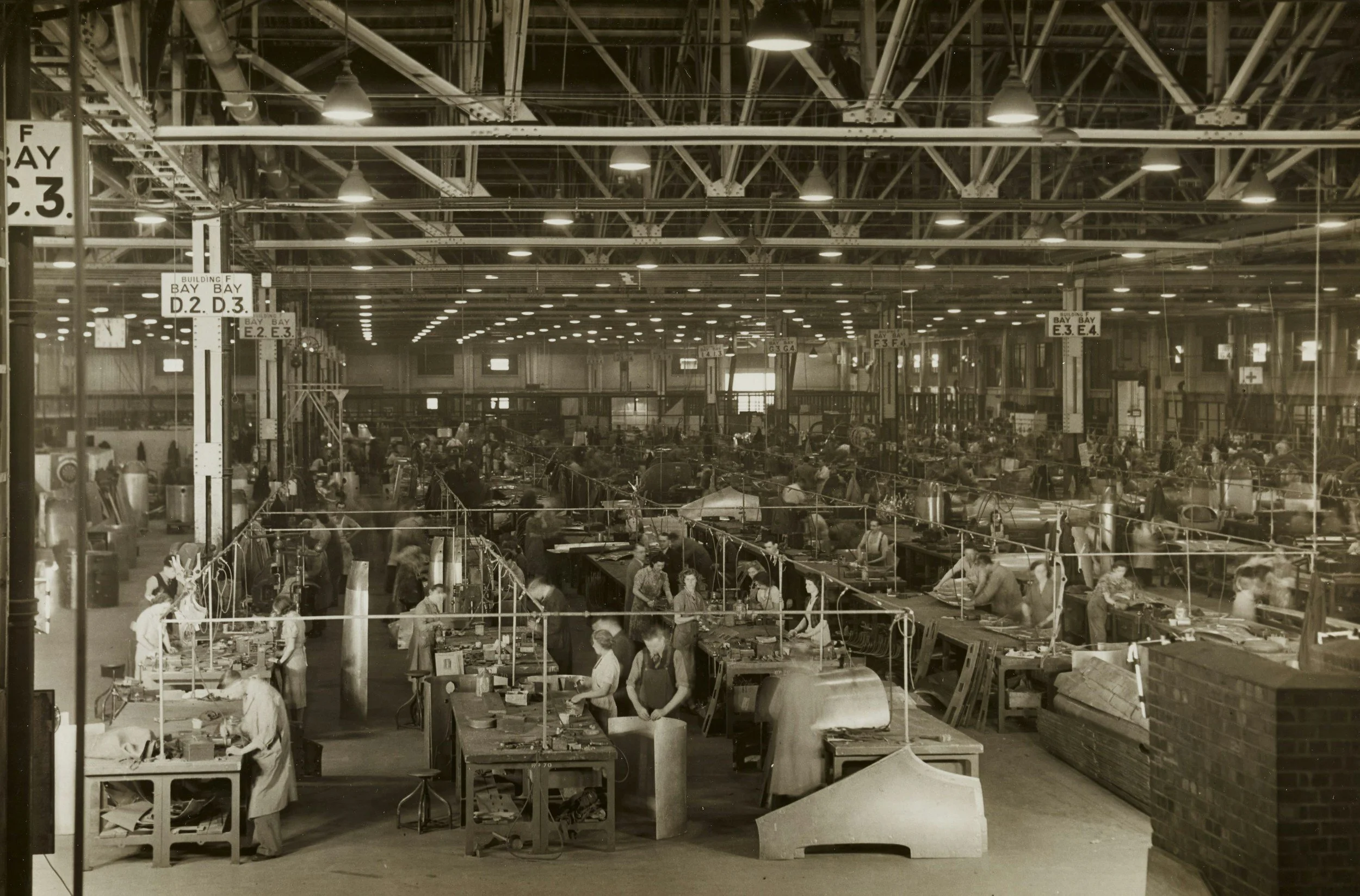RESOURCES | LABORLabor
What fashion’s labor practices really mean for the people who make our clothes
Most clothing today is made in low-wage countries, often under poor working conditions that would be illegal elsewhere. While it’s easy to feel disconnected from this reality, labor is one of the most urgent ethical issues facing the fashion industry.
Labor Conditions
in the Fashion Industry:
Widespread exploitation: The vast majority of clothing is made in countries with weak labor laws and low wages. Workers—mostly women—often sew garments for 10-14 hours a day in unsafe and/or overcrowded factories, sometimes without access to clean water or adequate breaks.
Fast fashion fuels the problem: To keep prices low and collections constantly rotating, fast fashion brands put intense pressure on suppliers to deliver quickly and cheaply. This leads to underpayment, wage theft, forced overtime, and even child labor in some party of the supply chain.
Most workers don’t earn a living wage: Globally, fewer than 2% of garment workers earn a wage they can actually live on (enough to cover basic housing, food, and transportation). Many workers are paid per piece, not per hour, which can drive wages even lower.¹
No legal requirement for transparency: In the U.S., brands are not required to disclose where or how their clothes are made, which makes it difficult for consumers to know whether workers are treated fairly. Most large brands do not publish supplier lists or labor audits.
Better options:
Shop smaller and independent brands, as they often produce in small batches and have closer relationships with factories, making it easier to monitor working conditions.
Check to see whether a brand shares information about where their garments are produced and what commitments it’s made to fair labor practices. Since this disclosure is voluntary and not required, brands that take the extra step to explain this to their customers are signaling a higher level of accountability and integrity.
Ethical certifications: Look for labels that help identify brands that meet higher standards. However, it’s important to note that many smaller brands can’t afford these, especially those producing in small batches or operating on a limited budget, so just because a brand doesn’t have these certifications doesn’t mean it’s engaging in unethical practices. Look instead for clear information about where their garments are made.
Certifications to look for:
Fair Trade Certified ensures workers are paid a fair wage, work under safe conditions, and are protected from exploitation. Certification often includes community development funds and worker voice initiatives.
SA8000 is a globally recognized standard for decent working conditions, including no child labor, safe working environments, and freedom of association.
B Corporation certifies companies that meet high standards of social and environmental performance, including treatment of workers. It’s not fashion-specific, but can be useful for evaluating overall ethics.
Sources:
Clean Clothes Campaign: What is a Living Wage?
U.S. Department of Labor: The Exploitation of Garment Workers—Threading the Needle on Fast Fashion
Collective Fashion Justice: Garment Workers
Fashion Revolution: How Much Do Garment Workers Really Make?

